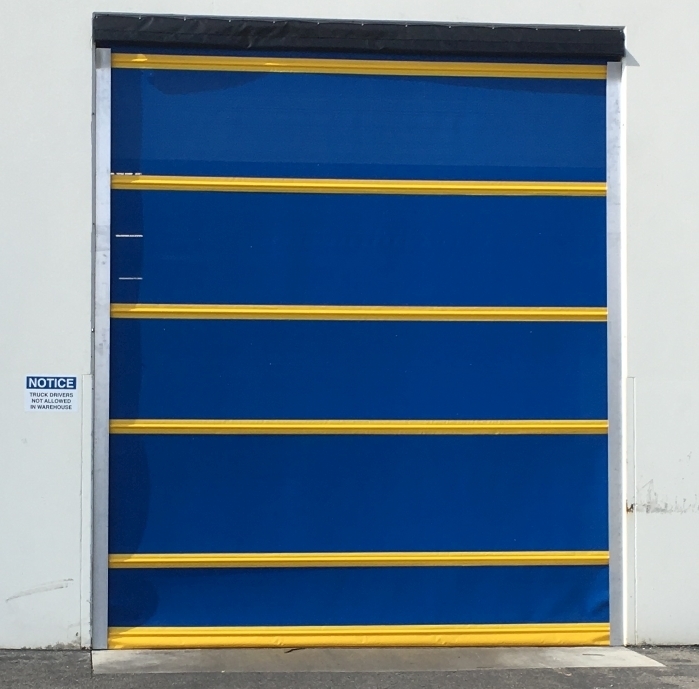How to Maintain Dock and Door Safety
Watch for the Warning Signs, and Schedule Preventative Maintenance to Avoid Accidents
Are your warehouse’s docks and doors in good operational condition?
Docks and doors are basically moving parts in your business’ engine. They protect product, facilitate loading, and help maintain your warehouse environment. It also means they wear out in time, just like hoses in a forklift.
So this month, we’re talking docks and doors. What kinds of problems do they develop? What signs should you watch for? How do you keep them in good working order?
4 Dock and Door Warning Signs to Watch Out For
Since docks and doors are so big, it’s pretty easy to spot potential problems before they get bad.
- Dock Surface/Dock Lip Fatigue: Drooping spots in the dock lips, splits between the dock surface and the lips.
- Fractures: Cracks in the rubber, dents or tears in the doors’ slats.
- Broken Welds: Cracks on dock hinges, places where dock frames have come apart.
- Light Encroachment: Spots where the dock seals shrink or tear, leaking light into the warehouse.
These are the four most common problems Cromer & Gray Lift safety inspectors see when on-site. Keep your eye out for them too. The earlier potential problems are spotted, the less likely they are to cause something more severe.
What Can Happen if Docks and Doors are Not Maintained

Like all equipment, docks and warehouse doors fail if not maintained properly. Some of the more common failures we’ve seen customers encounter were minor. Some were not. Below are four potential problems that come from poorly-maintained docks.
Corrupted Warehouse Environment. If a dock’s not sealed, the air leak corrupts your warehouse’s climate control. Depending on your product (like food), it can spoil or rot in no time.
Vermin. Nobody wants to see a mouse while on shift. Even one can get an entire warehouse shut down by OSHA!
Stuck Doors. We’ve all had to deal with this at one point. The door’s either frozen up or slipped a roller. It’s stuck and it ain’t moving. Which effectively closes off one door to loading for hours. Or days.
Operational Accidents. Too much light leaking in through a broken door can cause accidents. What if a forklift operator gets hit with a sudden light beam to the eye? They’ll flinch…and might collide with a rack.
Collapse. Any part of a dock collapsing risks not just product, but workers! These are the accidents that make the evening news, and send employees to the hospital (or worse).
Luckily, all of these problems are avoidable. All it takes is some preventative maintenance (PM).
What Preventative Maintenance Does for Your Warehouse
Preventative Maintenance accomplishes the same goal, whether it’s for a forklift or a dock. Inspections make sure no problems are developing. If so, maintenance professionals make the needed repairs.
For instance, the issue of light encroachment. Say a Cromer safety inspector finds light leaking in through a dock. The Cromer maintenance team installs brushes and a fresh seal to keep the light out. No more risk of accidents.
Cromer’s Preventative Maintenance team services hundreds of docks and doors all across California and Southern Nevada. For more details on what we do, visit our Dock and Door page.
Reminder: Put Dock and Door Preventative Maintenance on the Calendar
Chances are you already have Dock and Door preventative maintenance on the 2017 calendar. If so, good! You’re in good shape.
If not, take a moment to schedule it. How frequently you do PM depends on your warehouse’s activity level.
- Does the company have one, two, or three shifts?
- How often are doors and docks used in a time cycle?
- How many loads do you ship per day?
- How heavy are the forklift loads going over the docks?
For moderate use, Cromer recommends preventative maintenance twice a year (semi-annually).
For heavy use, Cromer recommends preventative maintenance four times a year (quarterly).
Until next month!
Marshall Cromer, The Forklift Boss
Cromer Material Handling



